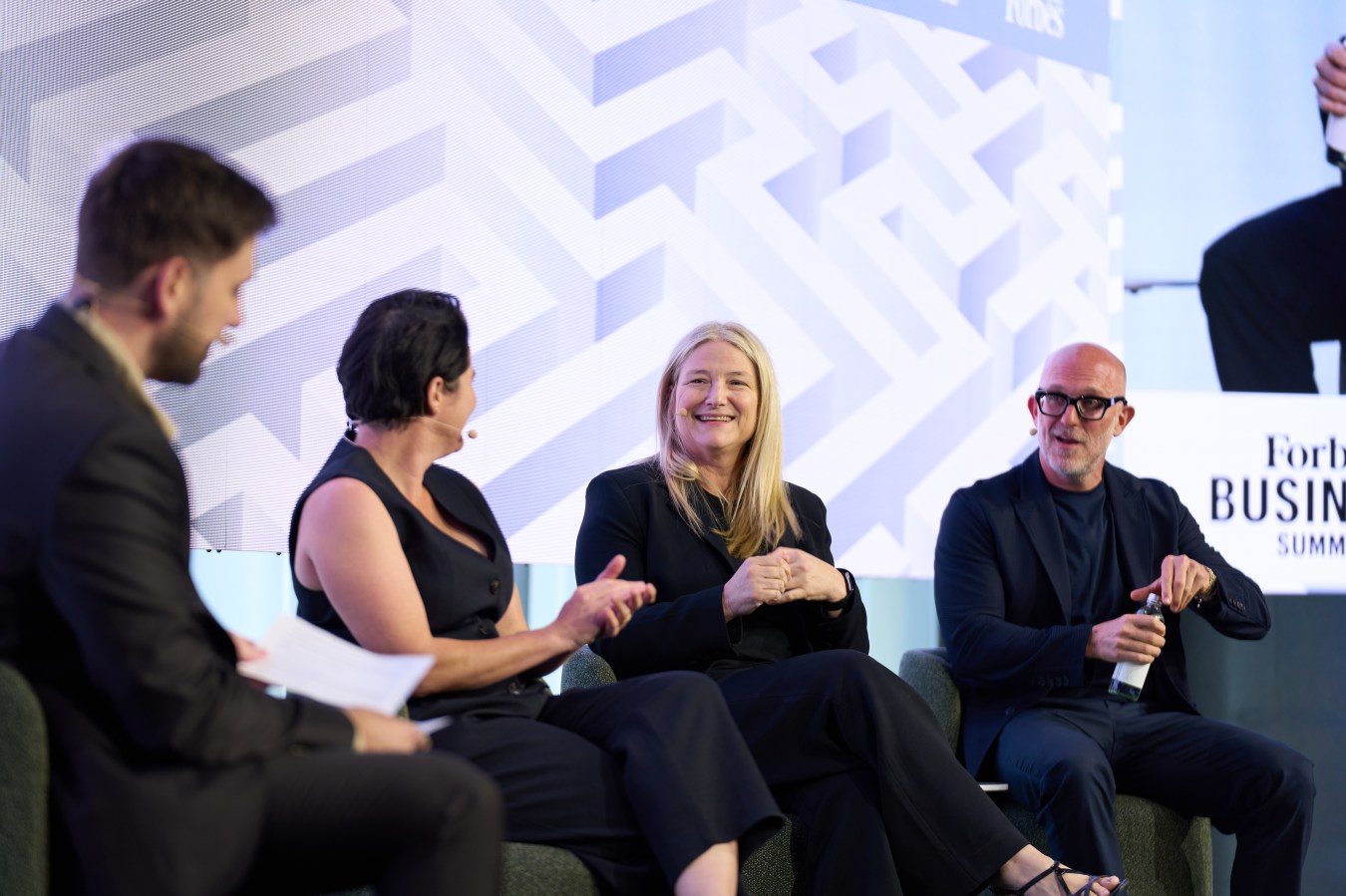Two quantum breakaways have teamed up to create what they say could be the plumbing for every major quantum system — and it’s already in demand.
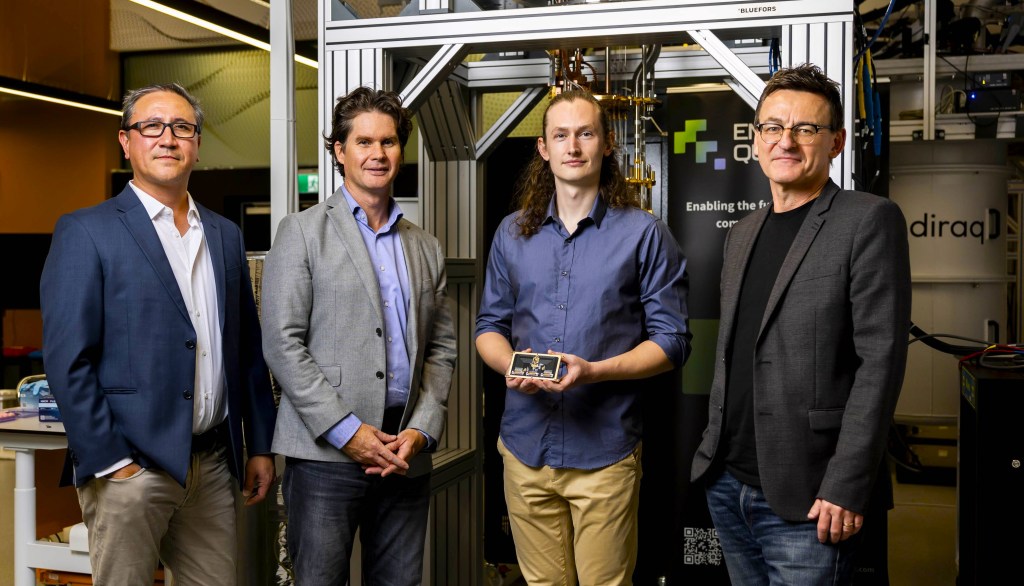
Key Takeaways
- Emergence Quantum has emerged from Microsoft’s Australian Quantum efforts to team up with Diraq for a major breakthrough.
- The two Sydney-based quantum startups today published in Nature on their breakthrough technology that effectively reduces the size of the circuits required to run a silicon-based quantum computer, paving the way for more quantum information to be packed into a smaller footprint.
- The milestone is a step towards integrating Diraq’s silicon ‘quantum dot’ technology with the pre-existing computer industry to build useful quantum computers.
- The new circuitry can operate at millikelvin temperatures without degrading qubit performance — a key enabler for scalable quantum systems.
- The development solidifies the partnership between Diraq and Emergence Quantum, which formed after Professor David Reilly’s team chose independence over relocation to Microsoft HQ.
- Because Diraq’s technology can be manufactured in standard chip “fabs”, it offers a practical path to building quantum computers.
The problem
Quantum bits (or ‘qubits’) must be held at cryogenic temperatures, very close to absolute zero (–273.15 °C), to preserve their information.
But they also need to be controlled and measured by complex electronics built from the complementary metal oxide semiconductor (CMOS) circuits found in standard laptops and smart phones.
Unlike qubits, these circuits are usually designed to work at room temperature, not at cryogenic temperatures. And if they are placed close to the qubits, they can heat them, degrading their performance.
The control system can be separated from the qubits by long cables, but the millions of qubits required for practical quantum computing render this solution impossible.
The solution
Emergence Quantum claims to have solved this challenge by designing ‘cryo-CMOS’ technology that functions at millikelvin temperatures.
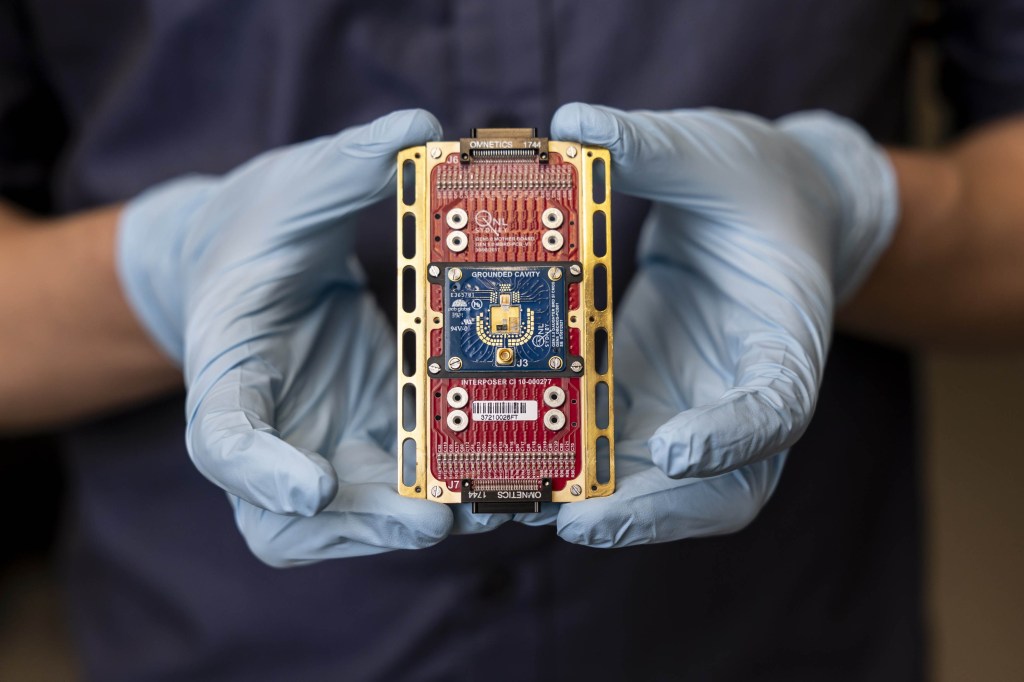
The paper published in Nature today shows that this cryo-CMOS control circuitry does not compromise the performance of Diraq’s qubits.
“This advance offers Diraq a means of precise control without degrading qubit quality,” Diraq’s founder and CEO, Professor Andrew Dzurak, said. “It’s a key piece of the quantum-computing puzzle, and one that will accelerate our progress towards a machine that can solve the kinds of problems that are unthinkable with today’s computers.”
Background
Professor David Reilly’s Microsoft-backed team at the University of Sydney faced a fork in the road last year when Microsoft decided to shut down its quantum lab in Australia and move it to Seattle.
Offered lucrative jobs abroad, Reilly, his key collaborator Tom Ohki, and their team instead chose to stay in Sydney. Their start-up, Emergence Quantum, emerged out of stealth mode on May 22.
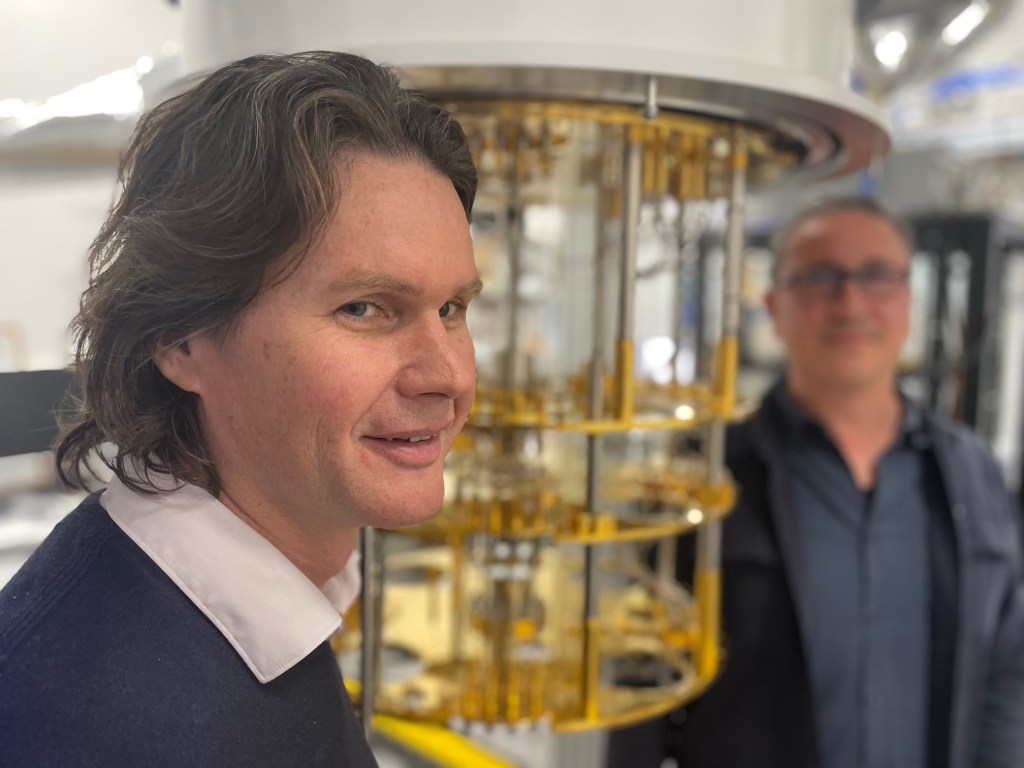
They had kept their “team of 20-something PhDs alive without raising capital,” Reilly told Forbes Australia yesterday. “Unlike many companies that don’t find revenue for many years, we are immediately bringing in dollars via customer engagements and partnerships.
“This then allows us to focus and develop a foundation for the company without desperation. We do in time intend to raise around specific focused opportunities that will need substantial growth.”
“We’ve been told that if we are already bringing in revenue without dilution that actually values us much higher than most because we’re already demonstrating success.”
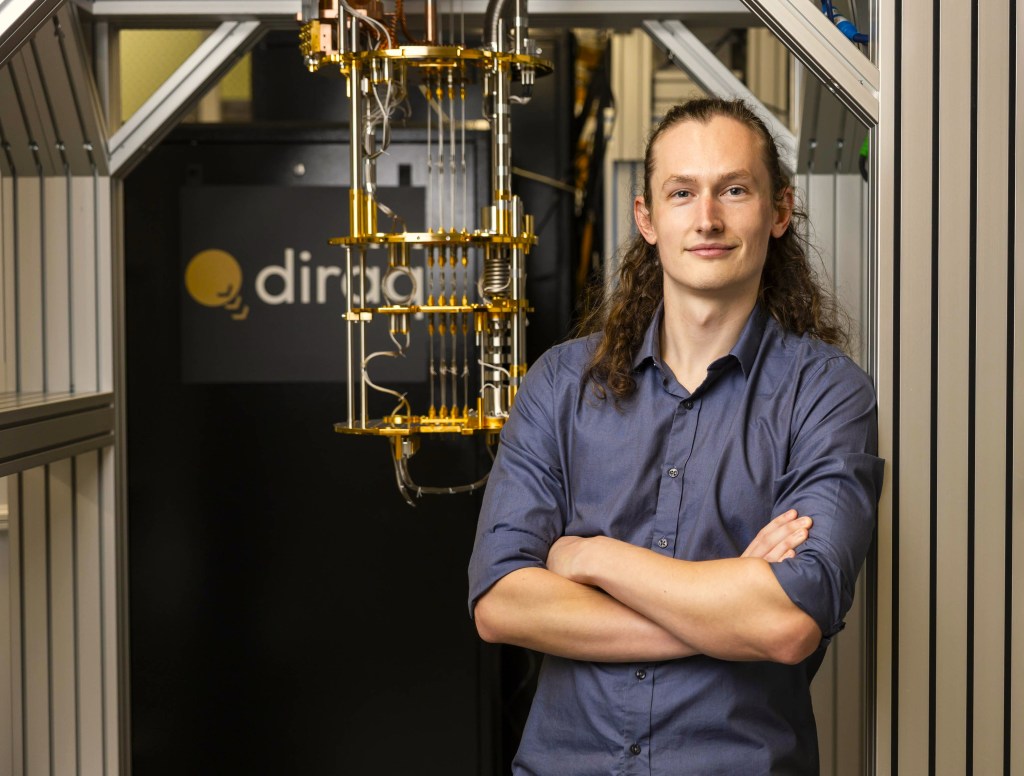
The cross-pollination between Diraq and Emergence Quantum was cemented by Diraq’s recruitment of Dr Samuel Bartee, Reilly’s former student. “It’s extremely exciting to be part of this work,” Bartee said. “To be involved in the development of such powerful technologies, and to sit in this hotspot of quantum computing research — Sydney really is a remarkable place for a quantum engineer to be at the moment.”
Diraq itself had also separated from a more high profile team – that of Professor Michelle Simmons and her Silicon Quantum Computing at the University of NSW – in 2022, choosing to pursue a different route to the holy grail of a useful quantum computer by using standard computer chips.
All their efforts have been overshadowed by the announcement in 2024 of $940 million in federal funding to go to the US-based PsiQuantum and its Australian-origin team to build a quantum computer in Brisbane.
Tangent
The collaboration underscores Sydney’s growing clout as a quantum tech hub. Between UNSW, the University of Sydney, and start-ups like Diraq and Silicon Quantum Computing, the city is becoming a magnet for global quantum talent.
Diraq, founded by UNSW professor Andrew Dzurak, has raised US$140 million to commercialise silicon spin qubits, and its compatibility with traditional CMOS processes gives it a significant edge in scaling up production.
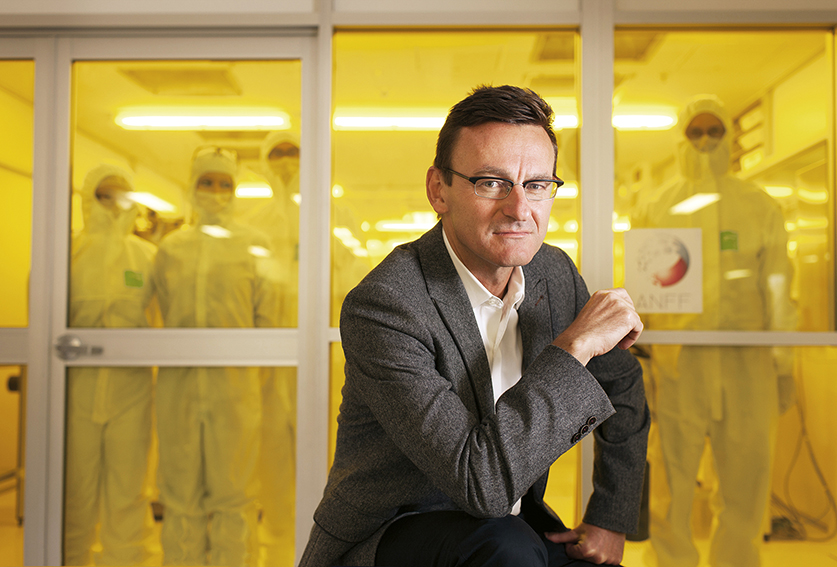
For Emergence Quantum, the promise lies not just in controlling one type of quantum computer, but potentially in controlling any of them. Reilly has described their vision as “qubit agnostic”, meaning their technology could eventually integrate with the likes of PsiQuantum’s photonic approach or other global efforts – wherever the winning platform emerges.
Small Number
–272.15°C – That’s the operating temperature of Diraq’s silicon qubits — a mere 1 degree above absolute zero – making them among the warmest high-fidelity qubits ever demonstrated. That one degree of thermal leeway significantly expands the engineering possibilities for integrating control systems, reducing the size, complexity, and cost of future quantum machines.

